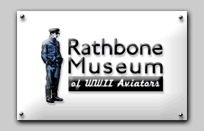








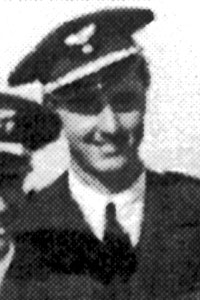

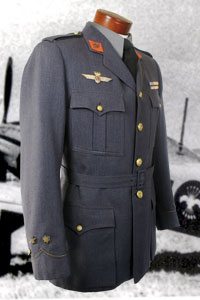
Joined the 3-G-3 (3rd.Sq. of Group 3) Equipped with Fiat Cr-32 and participated in the Ebro Battle but did not bag any victories. (with much appreciation to Francisco Valero for the information)
The Spanish Air Force uniform of WWII reflects a modern cut with a lay down lapel collar, pleated front pockets, scalloped pocket flaps and false pointed French cuffs. The blue color was new.
Previous to 1939, the Spanish air forces traditionally wore khaki brown in line with the Spanish army.
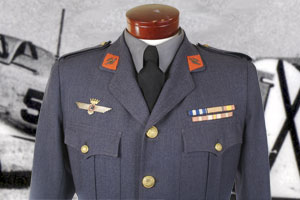
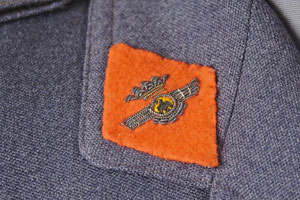
The Spanish aviator wore their flight qualification badge on the right chest.
Members of the air force and army wore red diamond shaped branch-of-service collar devices. These were either fabric or enamel. These bullion devices reflect the insignia regulations of 1938-1945.
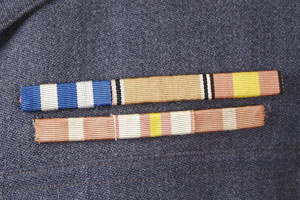
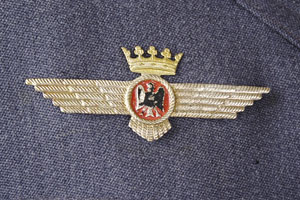
From left to right Merito di Guerra (Italy), Order of the German Eagle (Germany), 1936-1939 Campaign Medal, Cruz del Mérito Militar, distintivo rojo, Cruz de Guerra, Cruz del Mérito Militar, distintivo rojo.
This new badge was adopted in 1938 and lasted until 1945. The wing is similar to the standard Spanish wing with two key heraldic changes. First, the exchange of the Bourbon crown for the open royal crown of earlier Spanish monarchs. Also, the Eagle of St. John the Evangelist has been placed at the center, a reference to both traditional Catholic roots and Spain's imperial past.
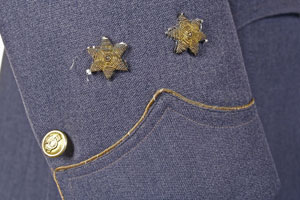

Two six pointed stars reflect the rank of Teniente. Senior officers (major and above) used stars with eight points. These stars are on both cuffs and would be on the visor cap as well.
Similar to the pilot badge above, the button reflects the new heraldry of the Nationalist Forces from 1938-1945. After 1945, the Eagle of St. John was removed from the center circle.
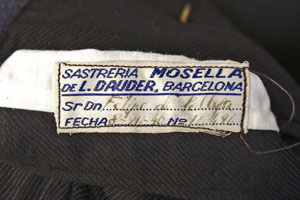

Privately tailored in Barcelona, the leading city in the Catalonia region, this tunic reflects an officer's taste for quality. The tunic is named to Felipe de Pallejá and is dated 8-XII-40 (December 8, 1940). Lt. Pallejá was the child of nobility. After the death of his father Guillermo de Pallejá y Ferrer-Vidal, Marquis of Monsolís, he inherited the title on 23rd Dec.1965.